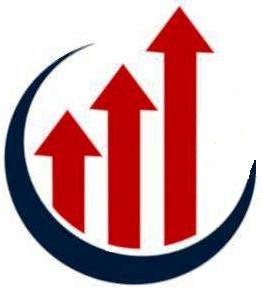Stem cells are present in several areas of the body such as the bone marrow, adipose tissue and cord blood. Until recently embryonic stem cells and adult stem cells were the only two natural-state cells available for research and treatment. These cells have a remarkable potential of developing into a variety of other cells with a specific function. They operate as a repair and replacement system to replenish spent cells within the body. They are unspecialized cells capable of renewing themselves through cell division. In recent times, ongoing research has enabled scientists to artificially induce stem cells into becoming cells with specific functions. Due to low scalability, scientists had to look for other alternative sources of creating similar cells as well which led to the introduction of induced pluripotent stem cells or iPSCs.
Stem cell isolation has risen in the past several years due to research on scalability of stem cells and trend away from autologous stem cell treatment. BMT or bone marrow transplant was the first initiative that provided an allogenic treatment with stem cells as matching donors were searched for treating severe debilitating conditions. Current devices are majorly targeted for adipose derived stem cells. Conventional treatments focused on using mesenchymal stem cells that were isolated from bone marrow and other tissues including cord blood, peripheral blood, fallopian tube, fetal liver and lung. Autologous iliac crest bone graft continues to be the gold standard because it provides osteoprogenitor cells, an osteoconductive matrix, and osteoinductive molecules that are the three essential elements for bone formation.
The isolation and purification of stem cells along with therapeutic delivery requires specialized devices for accurate transplantation. This is due to the requisite for achieving high cellular retension for damage repair. This ongoing research focuses on the existing market and the upcoming devices for stem cell isolation from various tissues and delivery of stem cells through various modes such as trans-coronary, trans-endocardial and intracoronary delivery among other on-site delivery.
Click For Full Report And Request TOC@ http://www.sa-brc.com/Global-Stem-Cell-Isolation-Devices-and-Technologies-Market-Assessment–Forecast-2016—2020/upcomingdetail35
There are several companies operating in this highly competitive market. The top players include Cytori (Celution), Tissue Genesis (Incellator), Stempeutics (Stempeutron), Cellular Biomedicine Group (A-Stromal ProCeller), SynGen (SynGenX-1000), BioSafe (Sepax-2), PNC International (CHA-Station) and Neogenesis (UNiStation). Along with isolation devices, the market demand is also rising for support devices such as those for photo-activation prior to injecting stem cells. Currently adipose derived stem cells are getting the greatest attention primarily due to the relative ease of extraction and isolation using normal minimally invasive liposuction procedures.
Stem cell therapy and isolation devices are gaining great demand in South-East Asia’s emerging economies such as Indonesia, Singapore, South Korea and Thailand. The regions are also known for their budding medical tourism market. Very soon hospitals in the regions are expected to offer breakthrough stem cell therapy for a fraction of the cost paid in developed countries. North America and Europe are currently the largest markets for stem cell isolation devices. However, being a naive market, Asia-Pacific is expected to catch up very quickly to international markets. China and Japan represent significant opportunities with several universities and research institutes developing better and more innovative technologies. Current ongoing research estimates peg the market for stem cell extraction and isolation devices to be approximately US$ 1.2 billion across the world and growing fast. With increasing applications and research in therapeutics, the demand from hospitals, cosmetic clinics and other office (out-patient) settings will soon be procuring licensed devices for expanding operations.
For More Research Reports@ http://www.sa-brc.com/Biotechnology/upcoming3
NOTE: This report is currently under research and will be made available to clients on request.

